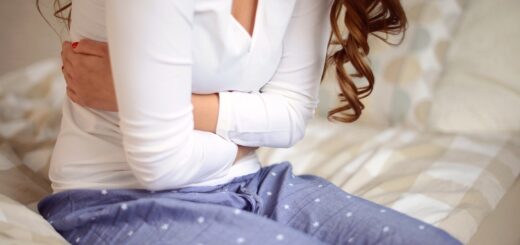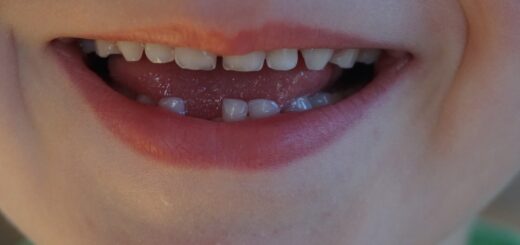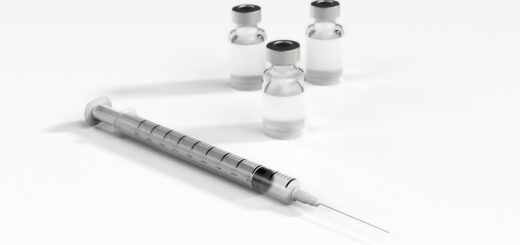How to heal your child’s eczema
It was all going so well. My eldest had said her longest sentence yet (‘I don’t want to go out’). My youngest was sleeping through the night. I finally felt on top of things – until I saw a pale red stain on the seat of my child’s potty. Further examination revealed a nasty, ‘scratched ’til she bled’, rash on her inner thighs. I knew immediately what it was.
Because I still remember my own experience with eczema when I was a pre-schooler, lying in bed at night and scratch, scratch, scratching yet never getting rid of the irritation. ‘I told you not to scratch,’ my parents would say as another scar appeared under my elbows and knees.
Eczema is awful; if you or your child have it right now you have my full sympathy. Plus it can be all-consuming trying every lotion and potion to keep it at bay. Here’s my list for winning the fight against it…
Baths
Rule 1 of battling eczema is to give your child a bath regularly – at least every other day. While you might want to, you have to avoid the urge to treat your child to a bubble bath or even soap – keep only to fragrance-free, hypoallergenic cleansers in lukewarm water to heal eczema.
Oats
You might want to use some treatment in the bath. The old wives’ tale of an oatmeal bath actually has legs: porridge oats are rich in antioxidants and have anti-inflammatory properties to heal your child’s eczema. We’re not talking about pouring a bag of Quaker’s in your bath – you need colloidal oatmeal, a finely ground oat powder that dissolves in your bath (or you can blend rolled oats in a food processor). Alternatively, Child’s Farm and Aveeno Baby both offer baby washes which use oats as ingredients.
Treatment
Apply a treatment immediately after bathing – and before moisturising. Diprobase Cream is prescribed to premature babies and works well for severe eczema. For a more organic option, Kokoso Baby Organic Coconut Oil was created by a mum who wanted a natural remedy for her baby’s dry skin.
Moisturiser
Moisturise the whole body after bathing and treatment (while the skin is still damp to lock in the moisture of the bath). The thicker the moisturiser, the better it will work (lotions are thinner so less effective). Try to moisturise once or twice every day, even when the rash is gone.
Wetwraps
Wetwrap therapy is also an option, where fabric wraps are soaked in water and wrapped around the affected skin after bathing, treatment and moisturising. A dry layer of socks, gloves or gauze is then wrapped over it and left overnight.
No scratching
It really does help to not scratch, no matter how tempting it is. Make sure to cut your child’s nails regularly (finger and toe – I was guilty of a foot scratch in my youth). You can also get scratch mittens/ sleeves for toddlers who might try to sneak in a nighttime scratch.
Dress smartly
Dress your child in soft fabrics like 100% cotton. You can also buy special soothing eczema leggings which provide relief while your toddler wears them.
Look after sensitive skin
Use mild, fragrance-free laundry detergents and stay away from fabric softeners or tumble dryer sheets – less really is more. Avoid things which can irritate sensitive skin such as perfume, air freshener or smoke.
Housekeeping
This one’s a real kicker: keep a clean house (which is so easy to do when you’re bringing up young kids isn’t it?) Wash your child’s soft toys regularly at 60°C or put them in the freezer for 24 hours to kill dust mites.
Go swimming
This seems like an odd one after I’ve been banging on about being gentle to skin but swimming in a chlorinated pool can actually heal eczema as it reduces the bacteria on it. I can speak from experience that this worked for me as a kid. However, leaving chlorine on the skin could dry it out so make sure you rinse in the shower immediately afterwards.



